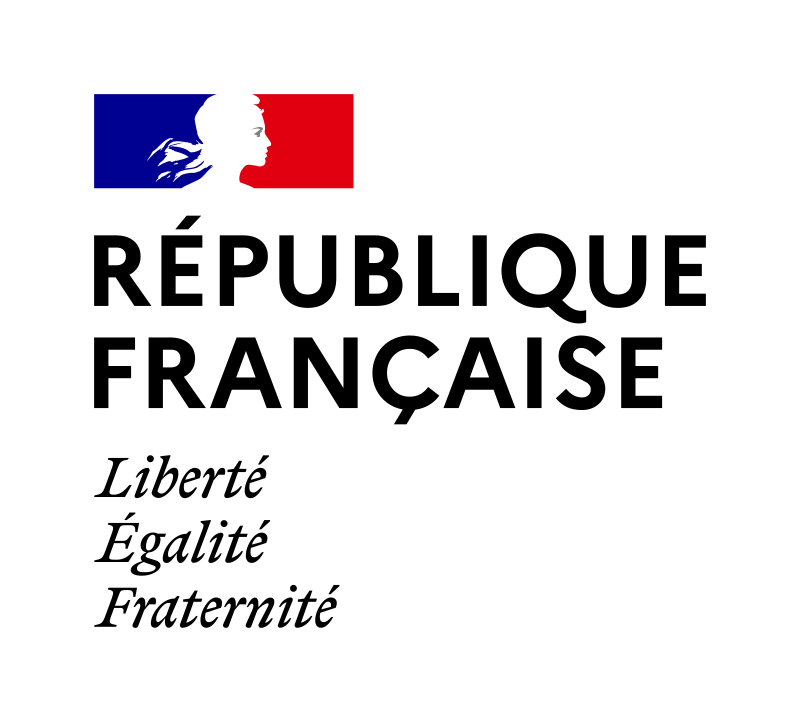
If, for instance, the monthly income is 300 euros and the minimal amount ensured by the government is 500, the family is allotted 200 euros to complete the difference. For many persons of low income, single or in family, this system of a guaranteed minimal income provided little incentive to find employment. Under this differential scheme, work became profitable only when it generated an income exceeding the minimal guaranteed by the government. In practice, the RMI could be combined, in full or in part, with income from work, but only for a limited amount of time of between three to twelve months.
From 2001 onwards, several incentive schemes have been set up to enable poor households to combine social benefits, and income from work, for an unlimited amount of time. The first one was the Prime pour l’emploi, launched in 2001, a tax credit similar to the US Earned Income Tax Credit or the UK Working Family Tax Credit. In 2009, the RMI was replaced by the Revenu de solidarité active or RSA, with a "base" part, which assumed the role previously played by the RMI, and an "activity" part, which afforded a long-term profit-sharing scheme. Today, the two remaining mechanisms are the RSA, a purely “differential” benefit, and the Prime d’activité, an incentive scheme that
guarantees to an unemployed person who finds a job that he will have tangible financial gain. Expenditure on purely differential benefits (first RMI then RSA) and incentive schemes (first Prime pour l’emploi, then RSA activité and finally Prime d’activité) increased significantly between 2000 and 2018. They rose from 0.37% of GDP in 2000 to 0.74% of GDP in 2018, including 0.24% for the incentive schemes alone. In 2019, the expenditures on the Prime d’activité rose dramatically, from 5.5 billion euros to 9.5 billion euros.
What are the outcomes of this financial effort? An analysis of case studies[1] since 2000 provides some answers.
The purchasing power of jobless recipient households has risen between +3% an +14% between 2000 and 2018, depending on family configuration. But income poverty and the poverty line are defined relative to the median standard of living. A household is considered poor if its standard of living is less than 60% of the median standard of living. In 2018, the poverty line was set at 1080 €/month for a single person, 1620 €/month for a couple with no child, 2270 €/month for a couple with two children under 14. Yet the median standard of living has risen by 15% between 2000 and 2018. And so has the poverty line. Therefore, protection of jobless households against income poverty has deteriorated (figure 1). Independently of family configuration, unemployed recipient households not only remain under the poverty line, but the distance to the poverty line is now 3 to 8 percentage points larger than it was in 2000, except for households with three children.
[1] These case studies do not involve any kind of sampling. They are the results of simulations and aim to answer the question, “What would be, or would have been, the disposable income of households with certain characteristics, taking into account the social and fiscal legislation in force at the time?” In these case studies, households are also supposed to claim the benefits for which they are eligible.






